REVIEW – With the co-op action-RPG genre on the rise, Wizards of the Coast is trying to get its piece of the pie with Dungeons & Dragons: Dark Alliance, on PS4, PS5, PC and Xbox Series. If the promise of such a game in a universe as rich as that of D&D was appealing on paper, the result in hand is much more contrasted.
Dungeons & Dragons: Dark Alliance offers us to play as the emblematic characters of the R.A. Salvatore novels and to travel through one of the many regions of this universe, namely the Forgotten Realms. After a small, rather classy introductory cinematic introducing us to the characters, the game invites us to choose among the four playable character archetypes.
D&D celebrities FTW
Fans of role-playing will be in for a treat, as it is impossible to create a custom avatar, the idea being to play D&D celebrities. The idea is to play D&D celebrities, so we find Drizzt, a prowler assassin specialised in the use of blades and daggers, very mobile. Cattie-Brie is the ranged DPS of the group, armed with her bow. Wulfgar is the tanky version of Drizzt, with his heavy hammer strikes that shatter armour; while the dwarf Bruenor plays the role of the tank and aggroes enemies with his large shield.
Each character has pre-defined skill points (Strength, dexterity, concentration …). Very classical, even a bit too much, as it is impossible to modify the distribution of points to shape our character. Anyone who has ever played an RPG with pre-drawn characters knows that this is both practical and frustrating. Once you’ve chosen your character, you’re thrown into the base camp, the game’s HUB, without further explanation. We’ll have to find the world map and then launch into a small, classic tutorial (basically, repeating the same action three times) explaining the basic mechanics of the game.
Simple and without depth
Gone is the top-down view of the previous Baldur’s Gate Dark Alliance, this one is more like a Beat them up: a camera placed behind our character in a TPS style and all the gameplay mechanics that go with it. Dark Alliance is not Devil May Cry and is rather simple. To kill the enemies that appear, you’ll have to use the trigger: “light attack”, “ferocious attack”, parry, all the triggers of the Xbox pad we used for this test are used to avoid the enemies on our way. It is therefore a question of combining light and heavy attacks to achieve the longest possible combos directly in the head of the monsters.
To do this, you just have to hammer the triggers to enjoy the visually successful choreography (even if it never reaches the mastery of a FF7 remake, let’s not exaggerate). We’re thinking in particular of Cattie-Brie who strings together a series of kicks before finishing with a jumping attack and a well-placed arrow à la Legolas. If we don’t ask for a system of “frame” combos for this style of play, we would still have liked a little more depth. For defence, we find a tried and tested system: a dodge button, a block on the left trigger and a “perfect parry” system by pressing at the right moment, to place a devastating counter-attack in the face of our opponents.
In order to bring a little variety, each character has two special attacks and an ultimate ability of their own. Drizzt will be able to go into stealth mode for a few moments, while Cattie-Brie will use her healing skills to conjure up an area that regenerates her health and that of her sidekicks. As for the combat gauge, it fills up with a series of combos until you can unleash hell with a press of both sticks. Speaking of sticks, PC gamers should know that the developers admit that the software was not designed to be played with a mouse and keyboard, and this can be felt. For example, it is not even possible to reassign the movement keys (which are automatically in QWERTY mode). Hopefully, future updates will fix this.
Get the quests and get going
Once these basics have been learned, it’s time to take the plunge. We are dealing with a game design that is largely tried and tested for a game of this genre, namely a base camp serving as a HUB and instanced missions. One wonders about the usefulness of the camp, as it lacks life and interest. A weapons and equipment dealer, a loot box, and a world map on which you can choose your missions, all of which is enhanced by three NPCs who fight in duels, is what will serve as the starting point for our adventure and all our future missions. As far as immersion is concerned, we’ve seen better.
The good thing is that you don’t risk getting lost (Monster Hunter World likes that.). So you won’t have to wait too long to launch your first quest. Six levels of difficulty are proposed for each mission with obviously increasing rewards in XP or loot. The game is kind enough to indicate the recommended level according to our current strength so that we don’t die at the first mob by choosing a difficulty that is too high. Because if the first level is a walk in the park, the last ones are more like torture. Of course, the number of enemies is adjusted according to the number of players in the game (the game can be played by up to four players in cooperation).
Before each mission, a small textual description and a cinematic come to put some context. Nice, but not enough for all the neophytes of the D&D universe, who will probably end up zapping to go kill monsters and loot equipment. The cinematics are however quite good.
Graphics are a bit on the meh side
Unfortunately, once you’re on a mission, the picture is a bit less pleasing: sketchy textures, clipping, we can’t say that Dark Alliance shines with its plasticity. However, the game runs smoothly without any framerate hiccups, even on modest machines (the PC on which the test was carried out is equipped with a Ryzen 2700x, 32 GB of RAM and a GTX 1060 8 GB). The environments and art direction are rather generic but fit well with the Dungeons and Dragons lore.
So let’s get to what will constitute 90% of our playtime: going through the levels to get around monsters, loot ever more powerful stuff and open chests. The game is divided into seven acts whose scenarios are not always linked for a total of 21 missions in which our main objective will always be to reach the end of the level to smash the boss’s face in. Optional objectives punctuate our progress, mostly collection quests. If the most avid trophy and loot collectors will try to check off all the optional quests, they are quickly left aside to concentrate on the essential.
The environments are quite varied (mines, dungeons, forts, forests, all the D&D lore is present), but you still feel rather cramped because of their very pronounced corridor aspect. The developers have nonetheless seen fit to insert a few junctions to give us the illusion of a more open level design. A wall to destroy here, a ledge to climb there and you can find new passages within a level, often allowing you to complete secondary objectives like collection quests. Don’t expect open environments though, we remain very compartmentalised in a “corridor-arena-corridor-arena” level design, even if the effort is to be underlined.
Master of none
But to reach the end of the level, you’ll have to fight your way through the horde of enemies that get in your way. Well, “horde” is a strong word as the enemies are not that numerous. Unlike its predecessors, the Baldur’s Gate Dark Alliance on PS2, which sent waves of Diablo-style enemies, D&D: Dark Alliance opts for a more sedate approach to combat, as a TPS. You could almost get a “Dark Souls” feeling in the battles, especially when playing solo.
Almost, because the differences with Miyazaki’s series are quite noticeable. The AI is generally out of whack, the enemies are very slow and static and only come after us a little. Worse still, they don’t react when attacked from behind. The same goes for the bosses and mini-bosses, who never come looking for a contact to put us in difficulty. It is therefore very easy to “break” the game, especially with Cattie-Brie the archer, by going behind their backs or by staying at a good distance and spraying arrows until death follows. It’s effective, but in terms of immersion and gameplay, we’ve seen better.
The stamina bar also regularly reminds us that our character is not inexhaustible and cannot perform attacks without rest. Heavy attacks tend to quickly deplete our character’s stamina and we must be careful not to abuse them. While the idea is interesting on paper, it is clear that it ends up making the fights even more choppy.
Fortunately, the hand-to-hand classes, especially Drizzt, bring a bit more dynamism, as you have to pay more attention to the enemies’ patterns, play dodging and find the right moment to drink a life potion without taking a big slap in the head.
Messy confrontations
Unfortunately, things go wrong when you’re facing a group of enemies. If the game offers a lock system, the fact of wanting to move the camera with the right stick causes a change of target, and grouped confrontations quickly become rather messy, especially with several players.
Because if D&D: Dark Alliance is entirely playable in solo, the developers’ will is to make it a cooperative game above all. However, don’t think that playing with several people revolutionises the gameplay, as the synergies between characters are quite limited. However, the simple fact of fighting monsters with your childhood or one night friends is more fun than playing alone. For now, the game is playable in Xbox-PC crossplay. Local co-op is also absent, even if the developers promise its integration in a future update during the year.
It feels more like slapping butter than breaking armour
As for the character and enemy animations, they suffer from a rigidity that sometimes brings back bad memories of the PS360 era, which adds to the very “soft” feeling of the whole. Enemies don’t always react to our blows, and when Wulfgar plays the hammer to tickle his opponents, it feels more like hitting butter than breaking armour. Due to a lack of time or resources, we feel that the developers had to work on this aspect in an economical way and the game never triggers that feeling of satisfaction that makes us come back to it again and again.
During the missions, we find a campfire system similar to the Dark Souls series. Several of these fires are scattered throughout each level and will subject us to a choice between recharging our stamina, HP and potions or refusing this rest and getting a loot bonus. A good idea to add a little spice to the game, which is sorely lacking.
The usual goblins
As for the bestiary, we find the D&D lore based on goblins, trolls and other such joys. We regret that the game very often puts us in front of simple variations of the same enemy (often goblins).
Some enemies are specialised in hand-to-hand combat and have armour that must be broken before their life bar is depleted, while archers and mages will harass us from a distance, with area attacks illustrated by a marker on the ground, MMORPG style.
Some attacks inflict elemental damage such as fire, ice or poison with the effects that go with it (poisoning, slowing down, etc…). To counter these alterations, there are a limited number of elixirs. To bring a little variety and dynamism to the fights, the classic explosive barrels scattered here and there are part of the game and tend to cause great damage in the enemy ranks with an arrow or a well placed ranged attack.
Puzzling
Between two enemy arenas, the developers saw fit to include a slight “platforming” aspect to the game: frozen ground, spike traps and other vicious rivers of lava regularly punctuate our progress. Nothing very innovative, but it breaks the monotony of the fights, even if the problematic jump animation sometimes makes these passages tricky. Worse still, the trap zones are poorly delineated and the hitboxes are broken. As a result, you often take damage even though you feel like your character is well outside the trap.
The puzzles are the same: objects to move or tiles to walk on in a certain order to open a door, none of them requires much thought. The first few times, you do it in good faith, but when the tenth variation of the same puzzle comes along, it’s getting tiresome. While the effort is commendable, this aspect is clearly a failure and one is entitled to wonder if it would not have been better to concentrate on the core of the game, which is the combat, rather than spending time and energy on such futile aspects.
Average music and sounds
The sound aspect is rather average too. If the music is very discreet and sometimes tries to go for an epic style, the sound effects lack punch, and it’s hard to feel the violence of the blows. As for the few dialogues and sentences dropped by the enemies, they flirt dangerously with the limits of “cringe”, in addition to being often out of place.
Can I have your stuff?
No good action RPG without a good sense of progression. And on this side, Dungeons & Dragons: Dark Alliance is rather solid, even if it doesn’t reinvent the wheel – normal for D&D. Indeed, the ultimate goal of our peregrinations will be the sacrosanct loot, present in the chests scattered throughout the levels but also in the loot box each time we return to the base camp.
As in most games of the genre, it quickly becomes a race to see who has the most loot. Each character has customised sets of weapons and armour, and each piece of equipment has attack and defence points, but also special attributes (elemental attacks for weapons or resistance to certain elements for armour). Another good point is that each piece of equipment has a well-marked design that is visible on our in-game character.
For the more perfectionist, it is even possible to improve your equipment with crystals and gold, which can be collected in the missions. These crystals are classified in five categories from common to legendary and obviously, the biggest improvements require rare crystals. It is also recommended to increase the potential of your potions to make them more effective. D&D is not a “service game”, so Tuque had a good idea of not implementing micro-transactions (see box). This means that each crystal and each piece of equipment can only be obtained by the sweat of your brow and the strength of your thumbs.
A follow-up that looks good
In terms of content, the developers are very transparent about the DLC and expansions planned. Tuque Games has revealed its roadmap for the game’s follow-up. Two free DLCs are announced for this summer and fall, adding missions and local co-op mode. This winter, Dungeons & Dragons: Dark Alliance will get a full-fledged expansion called Echoes of the Blood War, which will add a new playable mage character and new missions. However, you will have to pay $19.99 for it.
It’s hard to feel a real rise in power during the game
Like the equipment, your character will also evolve as you gain experience points. Each time you level up, you unlock skill points that you can choose to allocate wherever you want. So, if you want to focus on attack power, it is wise to increase your strength. On the other hand, if you are more of a mobile type, increasing your dexterity is a good idea.
Each character also has two skill trees called “manoeuvres” and “gifts” respectively. Manoeuvres unlock additional moves, while gifts give us bonuses to HP, magic or stamina recovery for example. Manoeuvres add some variety and depth to the gameplay as you progress through the skill tree, especially on the higher difficulty modes. The overall sense of progression remains rather weak, regardless of the character. It’s hard to feel a real rise in power during the game, due to the lack of real “game-changer” manoeuvres.
D&D Dark Alliance still has a fairly solid lifespan: count on fifteen hours to finish the story and the 21 missions and about thirty hours to “max out” each character.
Good intentions, an average game
Despite good intentions, Dungeons & Dragons: Dark Alliance fails on the essentials. The battles are not interesting enough to keep us going, the levels all look the same and the repetitiveness is quickly felt. The few attempts to insert platforming and puzzles are more a disservice to the game than anything else in the end, as these passages are so unsuccessful. What remains is a respected universe for fans of the licence and a few good ideas here and there (the campfires for example), but nothing to justify your attention and your money in a genre where games are already plentiful.
-Zardoz-
Pro:
+ The world of The Legend of Drizzt
+ The cooperative dimension of the title
+ The replayability
Against:
– A more than limited RPG aspect
– Effective graphics but lacking in detail
– No saving possible during the single-player game
Publisher: Wizards of the Coast
Developer: Tuque Games
Genre: Hack’n’slash action-RPG
Release date: June 22, 2021
Dungeons&Dragons: Dark Alliance
Gameplay - 5.1
Graphics - 6.2
Story - 6.4
Music/audio - 5.8
Ambiance - 5.5
5.8
AVERAGE
Despite good intentions, D&D: Dark Alliance fails on the essentials. The battles are not interesting enough to keep us going, the levels all look the same and the repetitiveness is quickly felt. The few attempts to insert platforming and puzzles are more a disservice to the game than anything else in the end, as these passages are so unsuccessful. What remains is a respected universe for fans of the licence and a few good ideas here and there (the campfires for example), but nothing to justify your attention and your money in a genre where games are already plentiful.

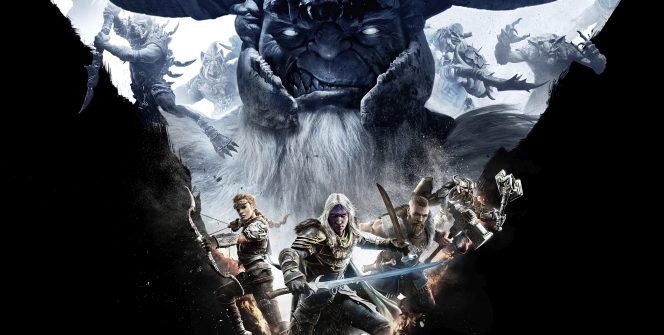
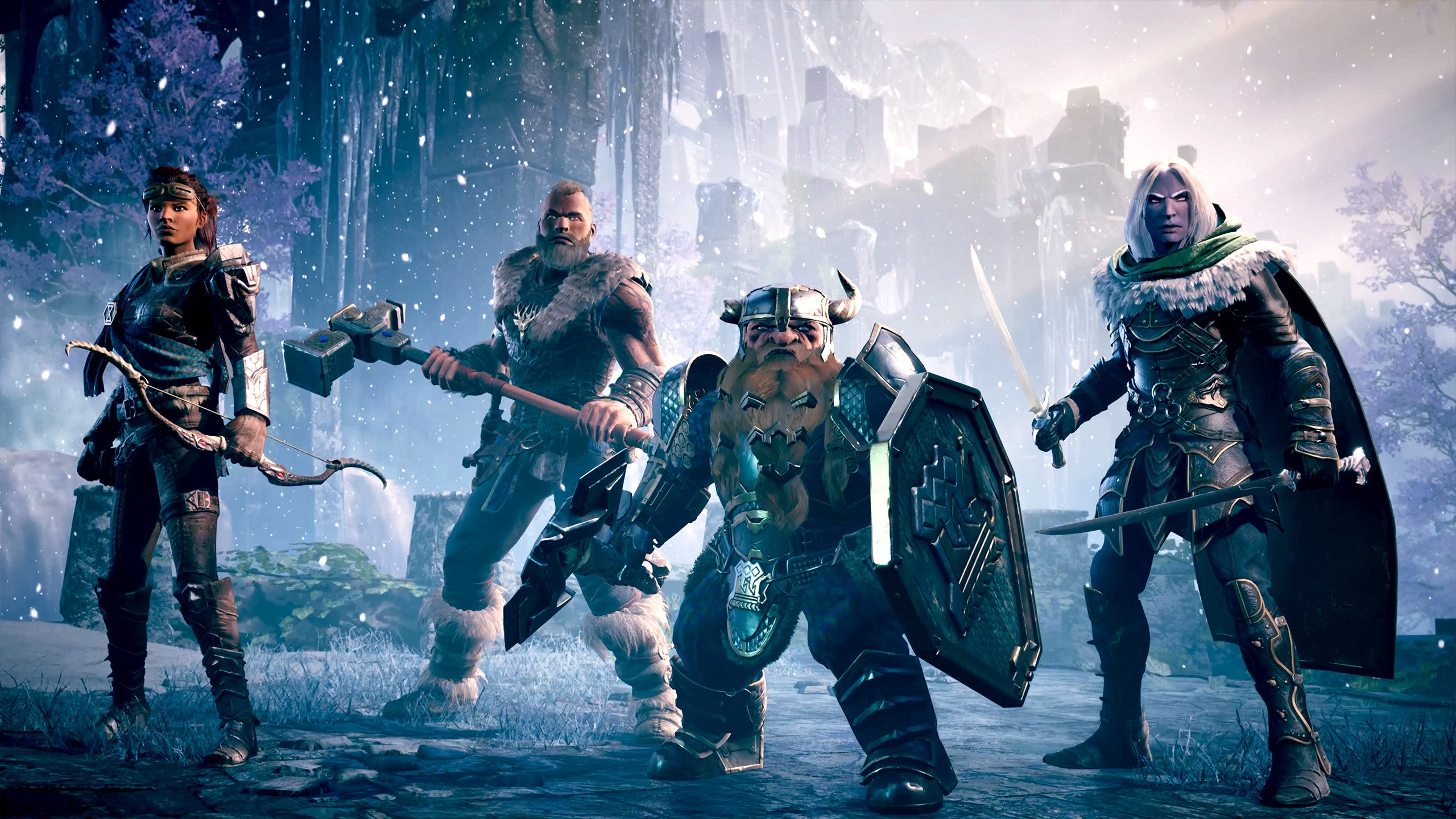


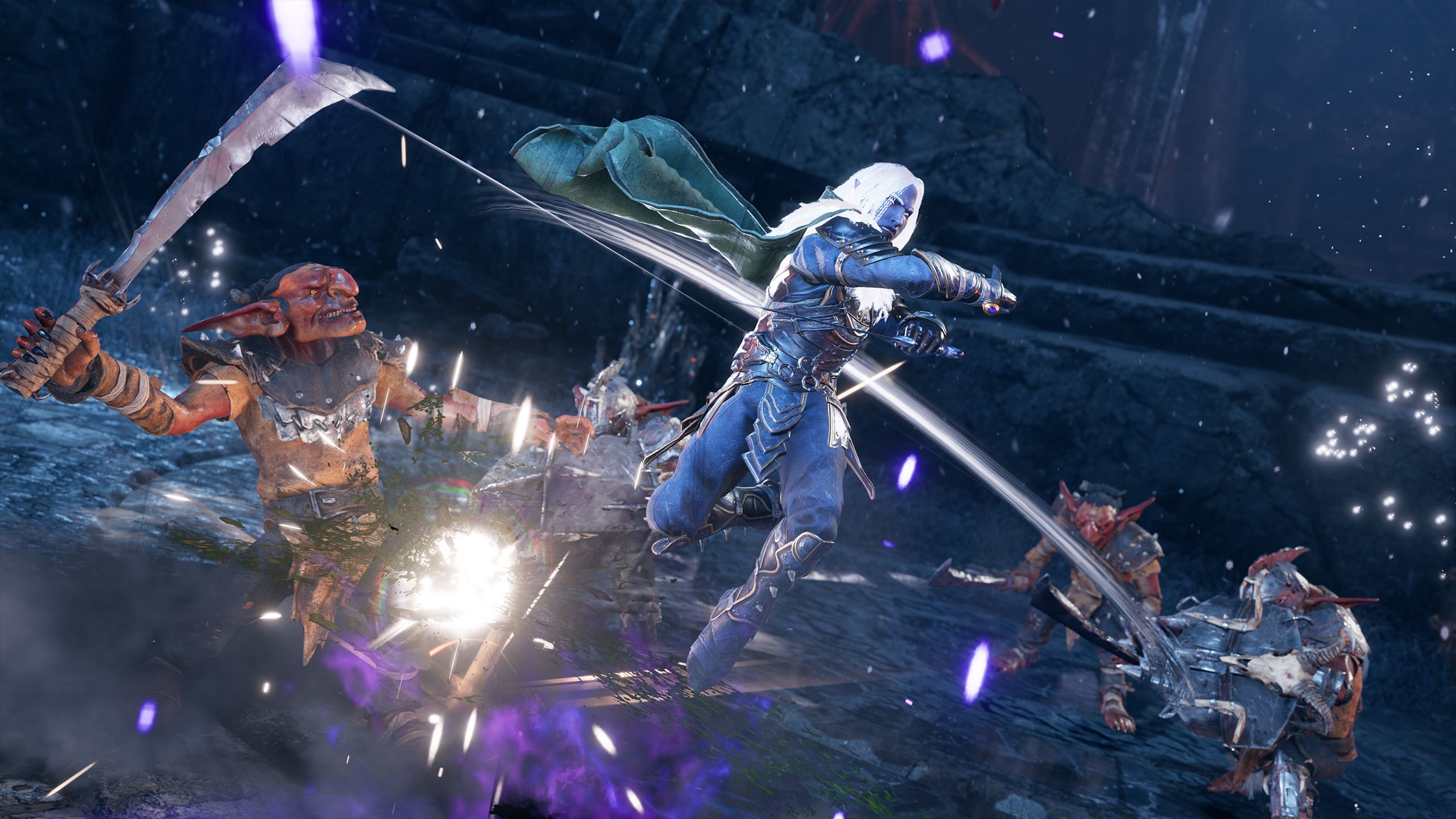
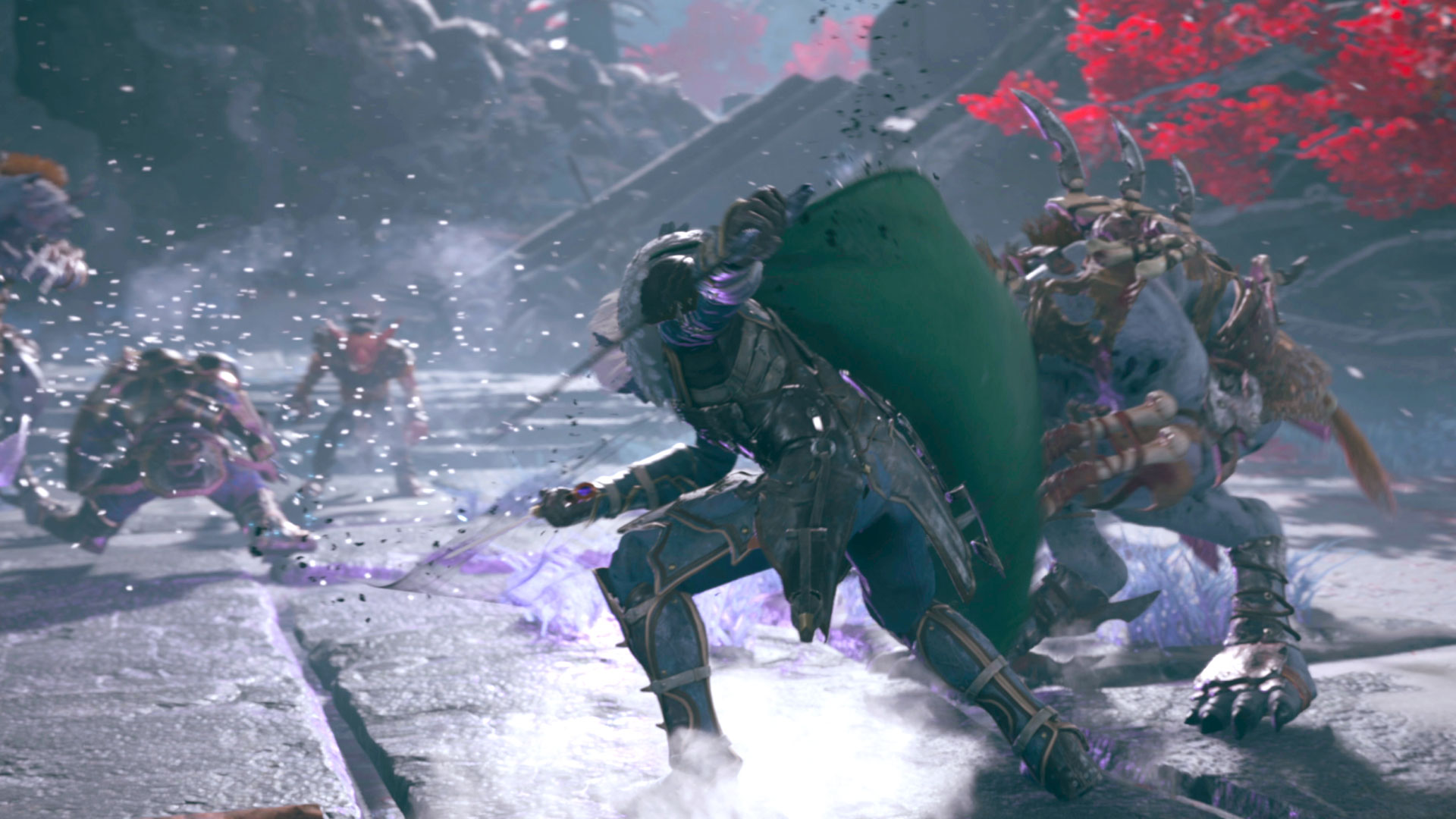
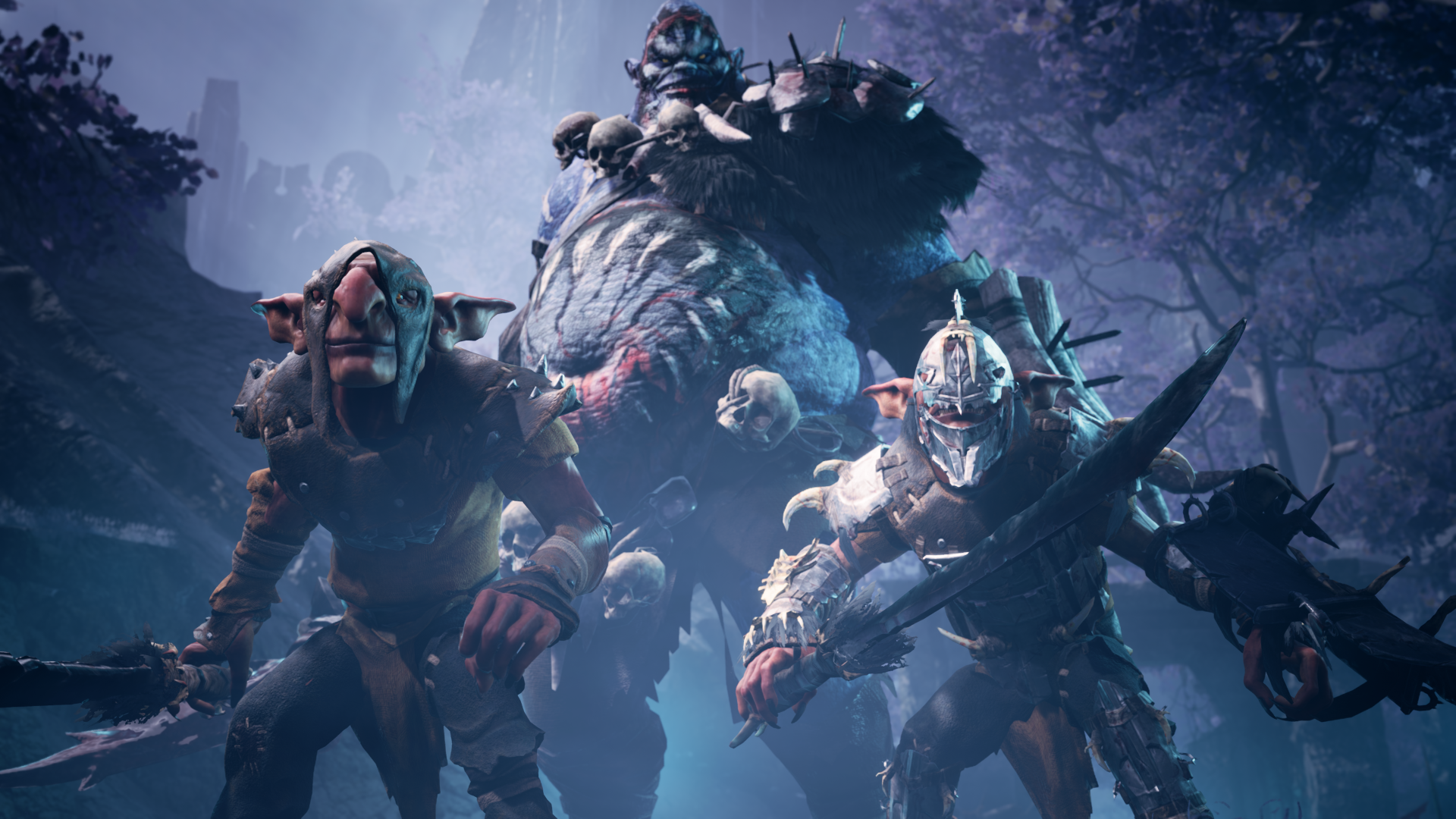
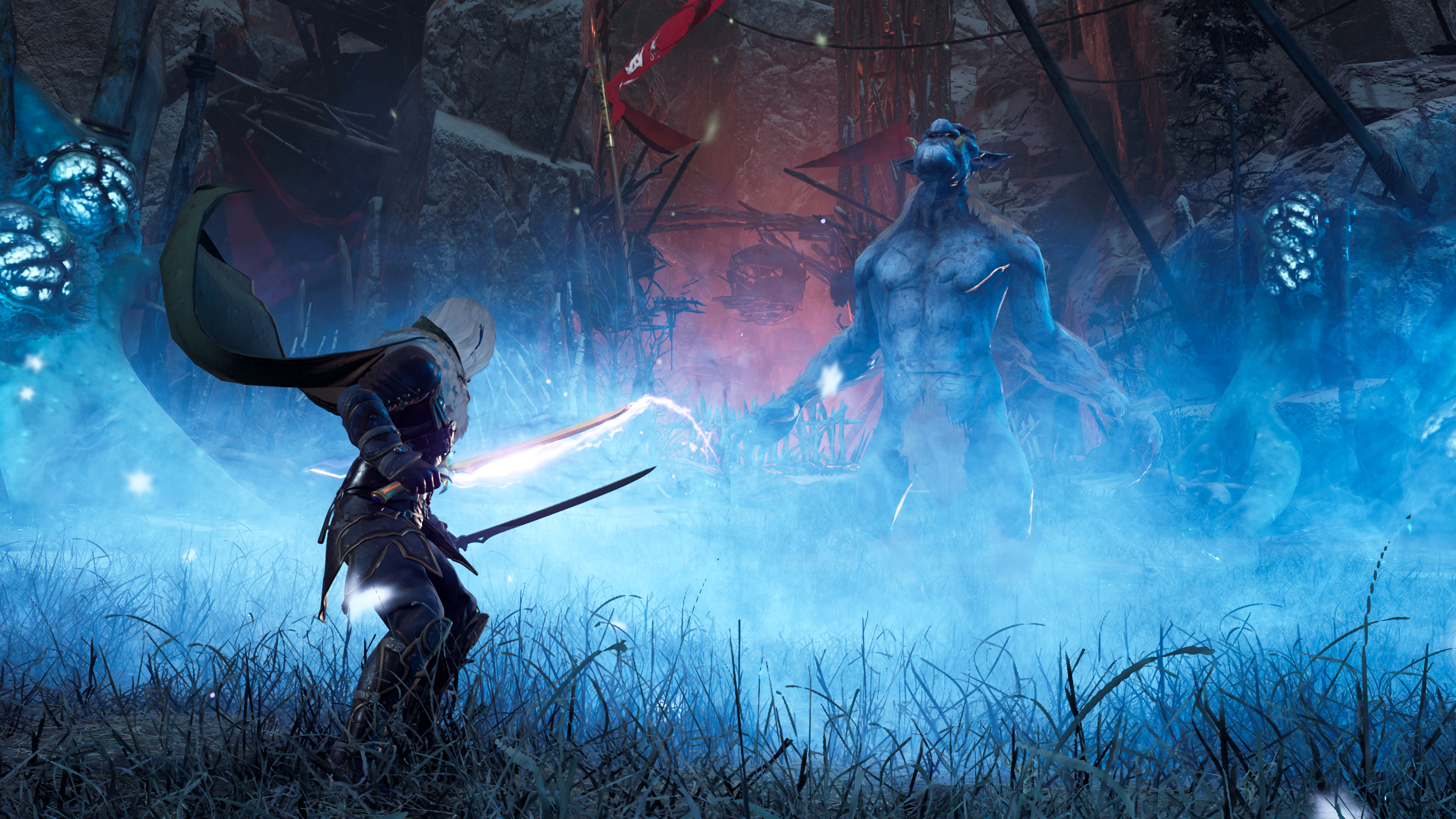



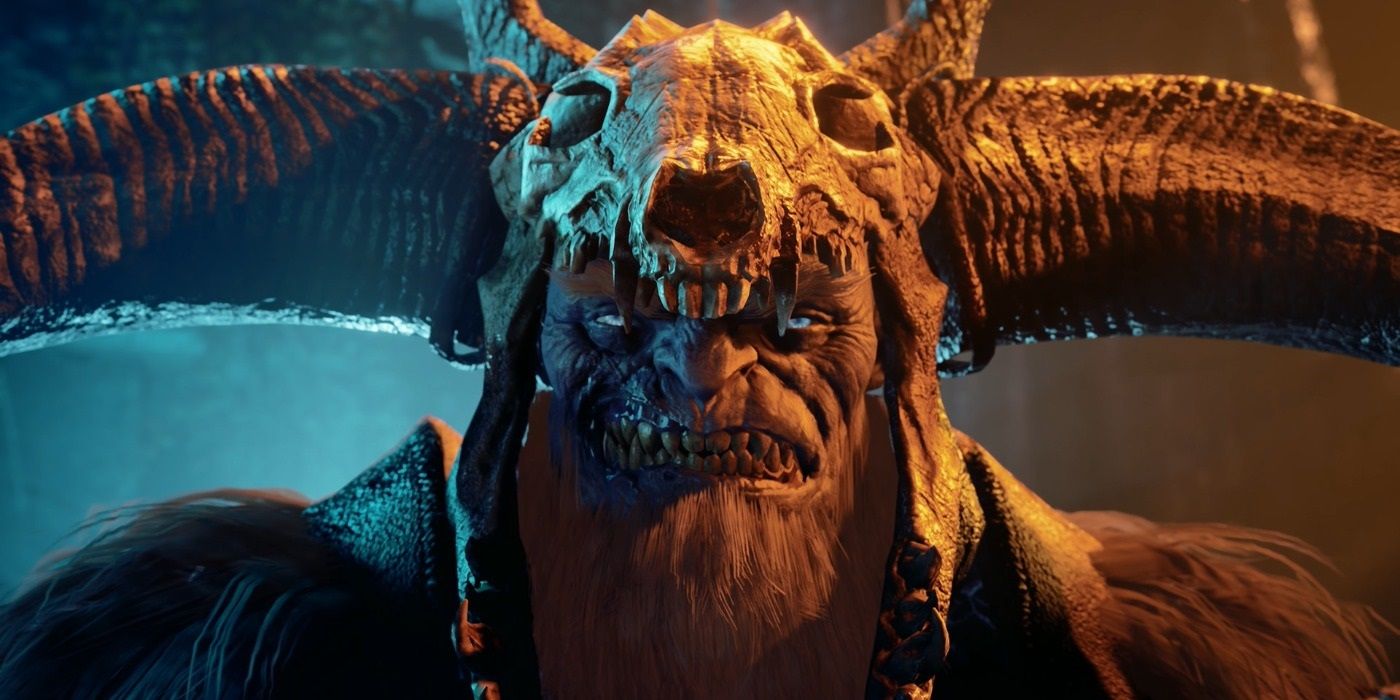
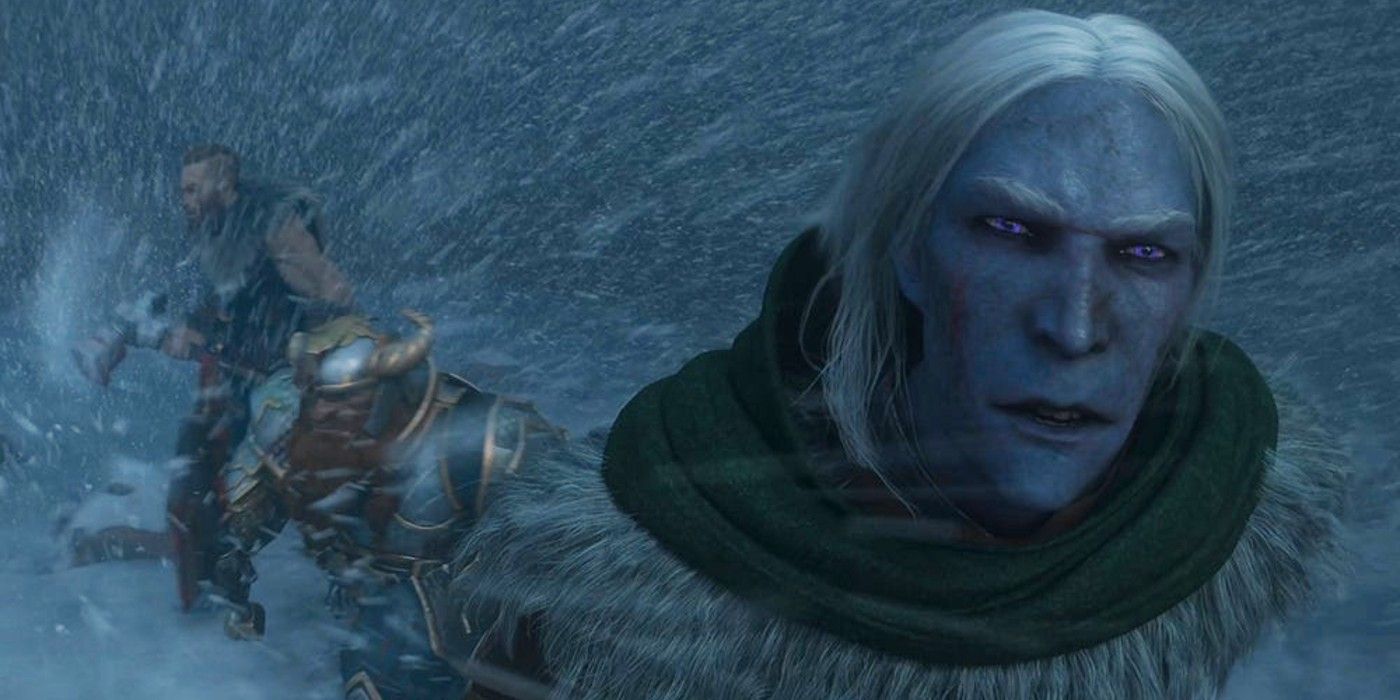

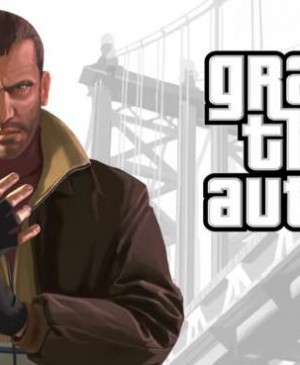
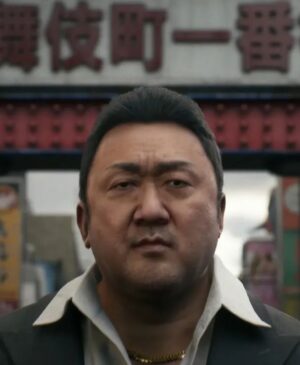

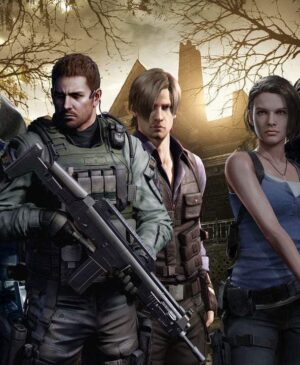
Leave a Reply